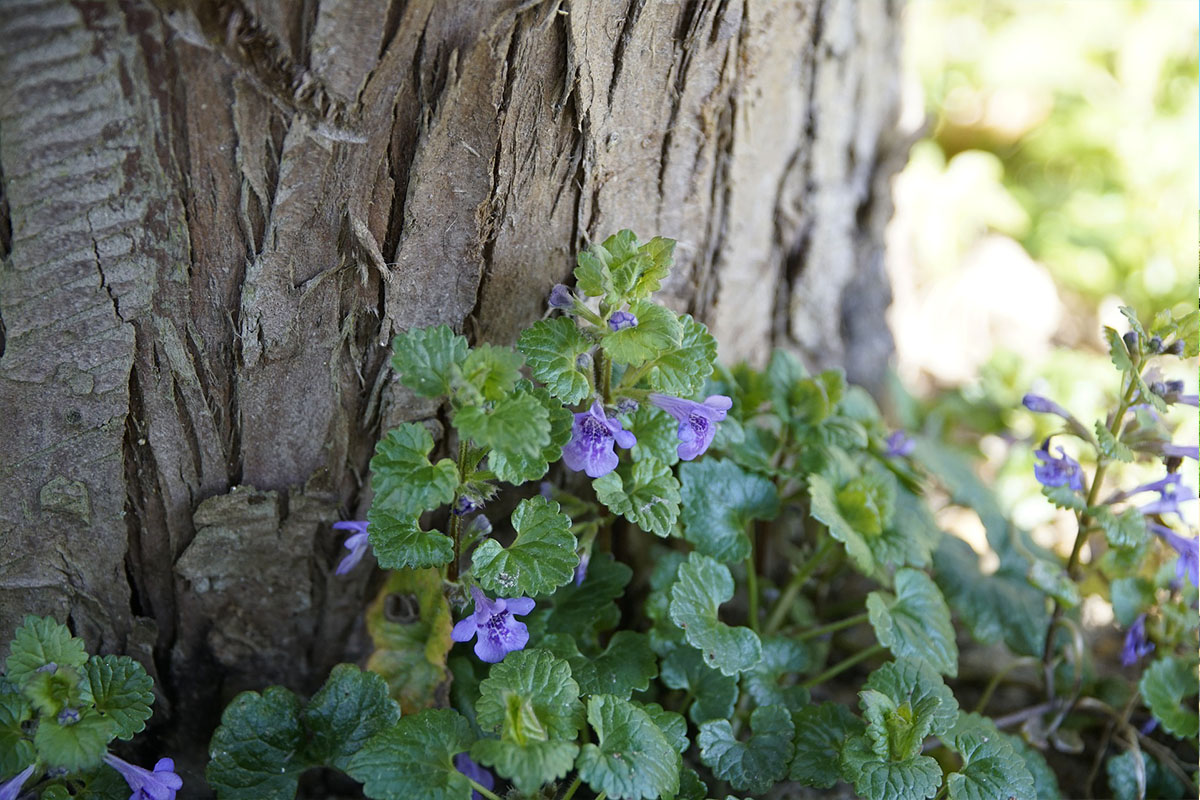Although we’ve enjoyed some pleasant, below average temperatures throughout much of June here in the New River Valley, temperatures this week are feeling like a preview of the dog days of summer that are likely to come in July and August. However, no matter how hot the days, we still have to deal with weeds popping up in our lawn and landscapes.
From annual grassy weeds to perennial broadleaf weeds, it’s important to know what kind of weeds you are dealing with so that you know how to properly control for them. That’s why we are breaking down the many ways that weeds are classified and what each of those classifications means with a multi-part series here on our blog! As a refresher, we’ll start with a list of the main ways weeds are classified:
How Weeds are Classified
Weeds are classified in several main ways:
- Life cycles (annuals, biennials, or perennials)
- How and when they develop/reproduce
- Structure and form (grassy or grass-like weeds or broadleaf weeds)
In last month’s blog post, we broke down the different life cycles of weeds, as well as how and when they reproduce. This month, we’ll look at the structure and form.
What’s the Difference Between Grassy and Broadleaf Weeds?
In more scientific terms, grassy weeds are monocotyledon weeds or “monocots.” This means they have one cotyledon, which is the embryonic leaf that appears first from the germinating seed.
Broadleaf weeds, on the other hand, are dicotyledons, or “dicots,” which means they have two of the leaves that first emerge from the soil (cotyledons).
University of Nebraska-Lincoln summarizes the differences between monocots and dicots:
“Monocot
- have a single seed leaf that emerges from the seed
- leaf veins form a parallel pattern
- floral petals are in multiples of three
- fibrous root system
Dicot
- have two seed leaves that emerge from the seed
- leaf veins that form a net pattern
- floral petals are in multiples of four or five
- taproot system”
Broadleaf Weeds
Broadleaf weeds’ leaves have a main vein in the center with other smaller veins that branch out from there. This is the one thing that broadleaf weeds have in common, because other than that, they come in a wide variety of shapes, sizes, flower colors, etc. They are usually easier to identify in your lawn than grassy weeds because they look like they don’t belong. Examples of common broadleaf weeds include chickweed, dandelion, clover, henbit, and many more.
Grassy (or Grass-Like) Weeds
Grassy weeds can sometimes be harder to identify than broadleaf because, like their name suggests, they look like grass. However, they usually infiltrate our cool season lawns and detract from the desirable uniform look.
Leaves (blades) of grassy weeds are long with parallel veins. Grassy weeds also have joints that visibly connect to the main stalk of the plant. Examples of grassy weeds include crabgrass, barnyard grass, and nutsedge.
Understanding Weed Structure & Form: Why It’s Important
Just like with weed life cycles, it’s important to understand the structure and form of the weeds you’re dealing with because that will help you determine the most effective control methods. The methods are different for these two types of weeds. Many weed control options will kill broadleaf weeds but not grassy. Grassy weeds can be tricky to control because if you don’t do it properly, you may unintentionally kill the grass you actually want along with the weeds.
Let Green Care Help
We hope this information is helpful in figuring out how to best tackle the weed problem in your lawn. However, if you feel overwhelmed by all this, we don’t blame you! We at Green Care are weed control specialists. Our programs are designed to prevent and treat weeds that arise in your lawn. Our fertilizing service also helps to improve turf density, because a thick lawn is your best defense against weeds.
So if you don’t already, let Green Care handle your weed control with a personalized program that is custom fit for your lawn. Get in touch with us today to get started!


